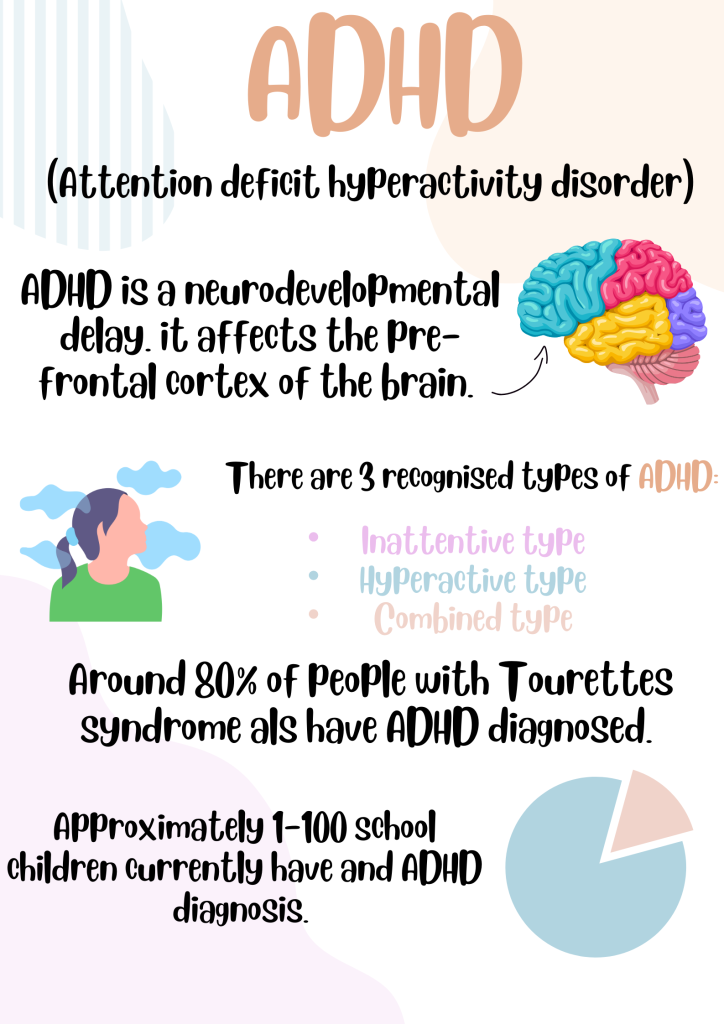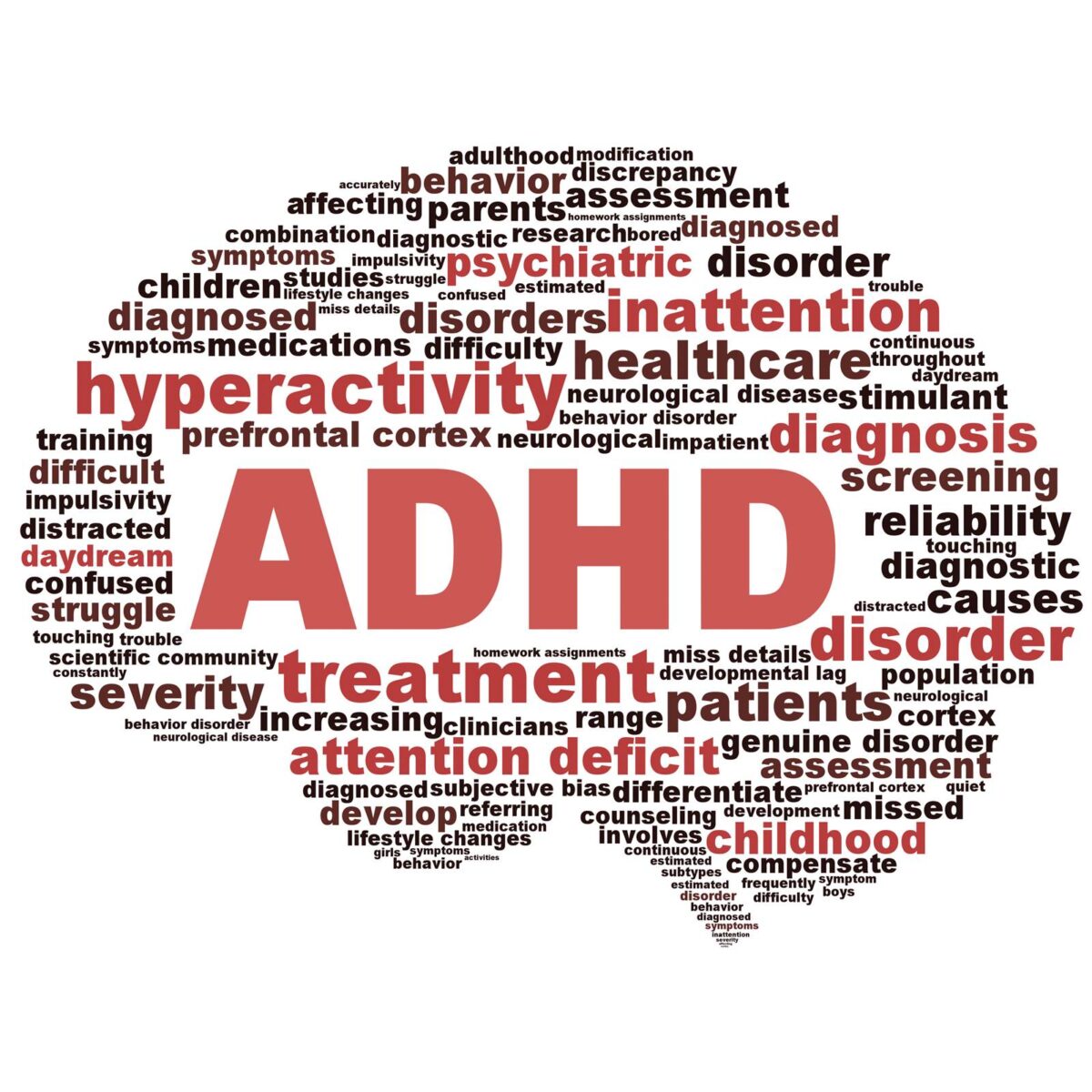In the United States, lifestyle choices significantly influence long-term health outcomes. With the increasing prevalence of chronic diseases such as heart disease, diabetes, and obesity, understanding the role of lifestyle in shaping health is crucial. This article delves into how diet, physical activity, sleep, and stress management impact long-term health and offers insights into adopting healthier behaviors for better overall well-being.
Diet and Nutrition
Diet is a cornerstone of long-term health. The American diet, often characterized by high intake of processed foods, sugars, and unhealthy fats, contributes to various health issues. Consuming excessive amounts of these unhealthy foods can lead to obesity, type 2 diabetes, and cardiovascular diseases. Conversely, a balanced diet rich in fruits, vegetables, whole grains, lean proteins, and healthy fats can prevent these conditions and promote longevity.
For instance, the Mediterranean diet, which emphasizes fruits, vegetables, nuts, and olive oil, has been associated with a lower risk of chronic diseases and better cardiovascular health. Similarly, plant-based diets, which focus on minimizing animal products, can help manage weight and reduce the risk of heart disease.
Physical Activity
Regular physical activity is another critical factor affecting long-term health. The Centers for Disease Control and Prevention (CDC) recommends at least 150 minutes of moderate aerobic exercise or 75 minutes of vigorous exercise per week, along with muscle-strengthening activities. Engaging in regular exercise helps control weight, lowers blood pressure, improves cardiovascular health, and boosts mental health.
Despite these benefits, many Americans lead sedentary lifestyles due to sedentary jobs and increased screen time. Sedentary behavior is linked to higher risks of obesity, diabetes, and cardiovascular diseases. Incorporating physical activity into daily routines, such as taking walks, using stairs, and participating in sports, can mitigate these risks and improve overall health.
Sleep Patterns
Sleep plays a vital role in maintaining health and well-being. The National Sleep Foundation recommends 7-9 hours of sleep per night for adults. Poor sleep patterns, including insufficient sleep and disrupted sleep, are associated with various health problems, including obesity, heart disease, and impaired cognitive function.
Modern lifestyles, characterized by high stress levels, excessive screen time, and irregular sleep schedules, often disrupt sleep quality. Establishing healthy sleep habits, such as maintaining a consistent sleep schedule, creating a restful environment, and limiting screen exposure before bedtime, can enhance sleep quality and, consequently, long-term health.
Stress Management
Chronic stress is a significant risk factor for numerous health conditions, including cardiovascular disease, mental health disorders, and weakened immune function. The modern American lifestyle, marked by high workloads, financial pressures, and fast-paced living, can contribute to chronic stress.
Effective stress management techniques, such as mindfulness, meditation, exercise, and maintaining strong social connections, are essential for mitigating the adverse effects of stress. Mindfulness and meditation practices, for example, have been shown to reduce stress and improve overall mental health. Additionally, maintaining strong relationships with friends and family can provide emotional support and help manage stress more effectively.
Preventive Healthcare
In addition to lifestyle choices, preventive healthcare plays a crucial role in long-term health. Regular health check-ups, screenings, and vaccinations can detect potential health issues early and prevent the progression of diseases. For example, routine screenings for blood pressure, cholesterol levels, and cancer can help identify problems before they become severe.
Health promotion efforts that emphasize the importance of preventive care can lead to early intervention and better management of health conditions. Public health initiatives, educational programs, and access to healthcare services are vital for encouraging individuals to adopt preventive measures and make healthier lifestyle choices.
Challenges and Solutions
Despite the clear benefits of healthy lifestyle choices, several challenges hinder their adoption. Socioeconomic factors, such as limited access to health, lack of safe spaces for exercise, and financial constraints, can impact individuals’ ability to make healthier choices. Additionally, cultural factors and habits can influence dietary preferences and physical activity levels.
Addressing these challenges requires a multifaceted approach, including public health initiatives, community support programs, and policy changes. Improving access to healthy foods, creating safe spaces for physical activity, and promoting health education can help overcome barriers to healthier living.
Conclusion
Lifestyle choices have a profound impact on long-term health in the U.S. Adopting a balanced diet, engaging in regular physical activity, maintaining healthy sleep patterns, and managing stress are essential for promoting overall well-being and preventing chronic diseases. While challenges exist, concerted efforts at the individual, community, and policy levels can facilitate healthier lifestyles and improve long-term health outcomes. By making informed choices and prioritizing health, individuals can enhance their quality of life and enjoy a healthier future.









